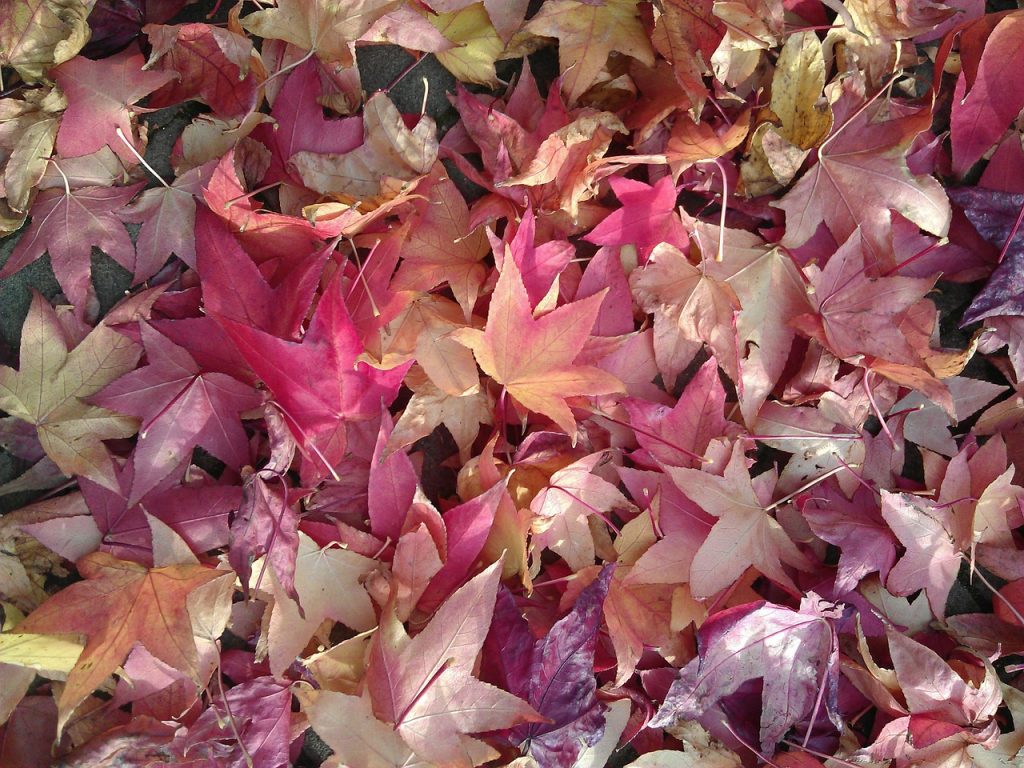
I’ll be the first to admit it: I am a neat freak. I work best on desks with little clutter and feel calm and relaxed in spaces that are well-organized. But outdoors, it’s a different story. Dynamism is in charge and it’s refreshing and exhilarating to be surrounded in nature’s chaos. So this time of year can bother me when I see gardeners putting their neatness imprint on their gardens – especially onto their soils.
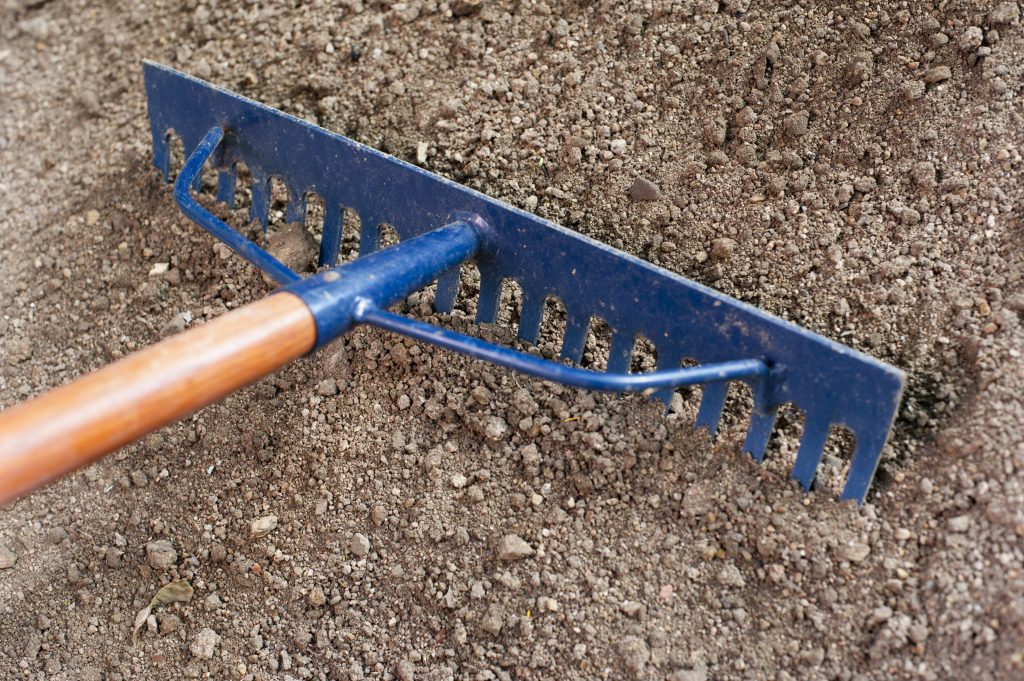
If you Google the word “soil” and look at the images that pop up, nearly all of them look the same. Nice, dark brown, granular stuff, often lovingly cradled in a pair of hands, that really looks more like coffee grounds than soil. In fact, the only realistic picture in the first page of images comes from the Soil Science Society of America. THAT’S actual soil.
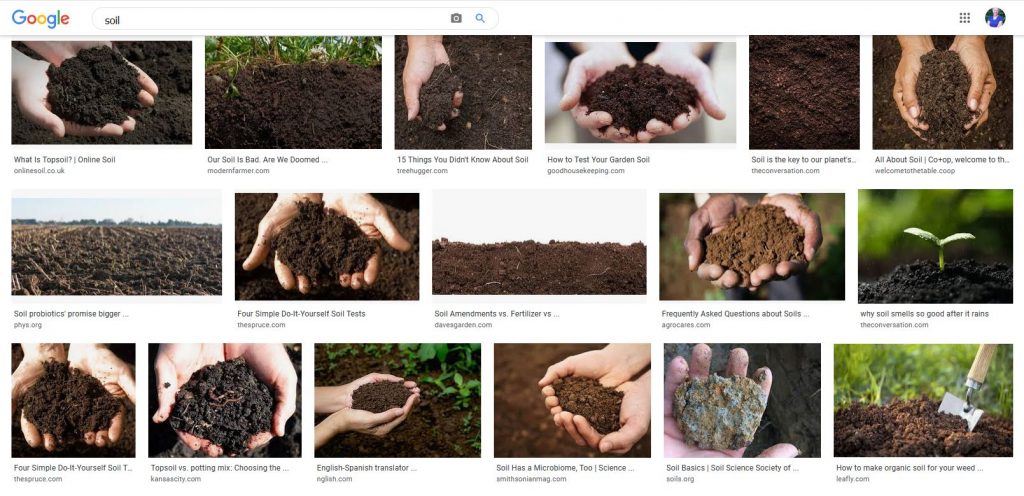
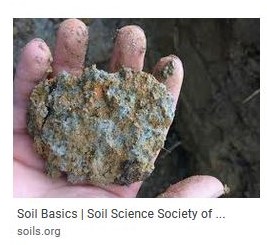
So gardeners must discard the “tidiness ethic” that seeps out of the house and into the soil. Soils are living ecosystems, and living ecosystems are messy. A living soil will have some sort of organic topdressing (mulch) resulting from dead plant and animal material that accumulates naturally. In temperate parts of the world, this happens every autumn, when leaf fall blankets the soil with a protective and nutrient-rich, organic litter. And what do we do? Why, we rake it or blow it and bag it and toss it. Then we turn around and buy some artificial mix of organic material and spread it on top – because it looks nice and tidy.
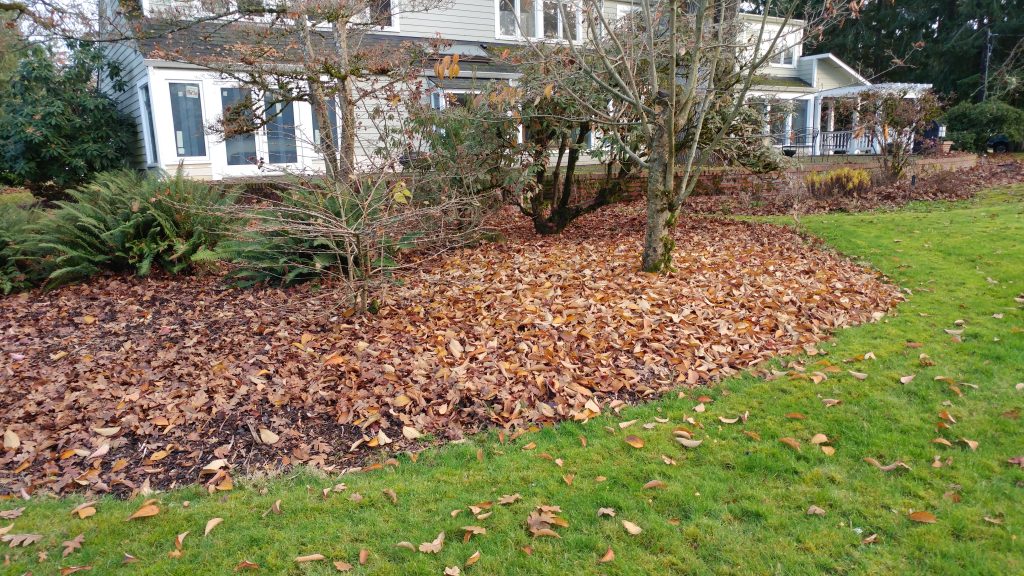
Let’s stop this nonsensical cycle. Stop buying plastic bags for leaf disposal. Stop buying organic matter for mulch. Instead, use what nature provides to protect and replenish your soils. This doesn’t mean you have to leave messy piles of leaves that blow around rather than staying put. Instead, shred them! They look nicer, they stay in place better, and they break down faster. The easiest way to do this is to either run a lawnmower over them, or to put them into a large plastic garbage can and plunge a string trimmer into them. (Bonus – if you use a battery-operated mower or string trimmer you reduce your fossil fuel use.)
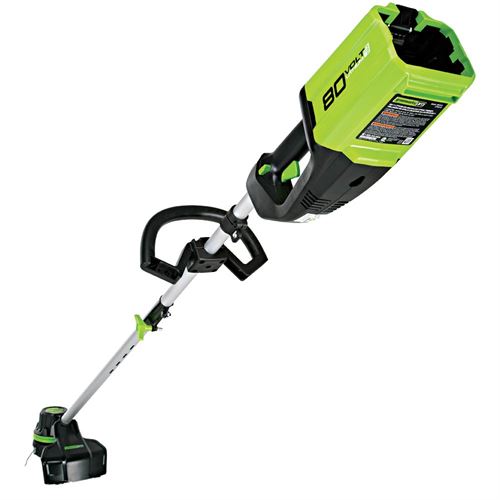
Trimmer 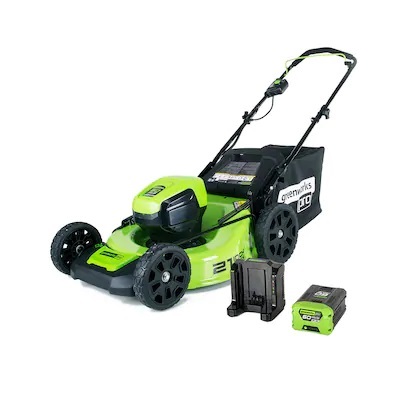
Mower 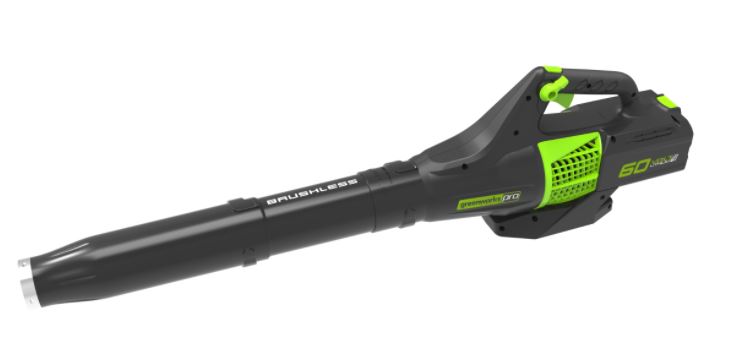
Blower
Likewise, if you have twigs, prunings, and other woody material, save these too. A chipper is a useful, though expensive, purchase. But those woody chips are the best mulch you can use over your landscape and garden beds. Most plants rely on mycorrhizal fungi, and these fungi require a source of decaying wood to function optimally. The chips can go right on top of your leaves to keep them in place and add a slow feed of nutrients.

So this fall, see how much of your garden’s refuse can stay on site. Compost soft materials; shred dead leaves; chip woody material. You’ll reduce your contribution to the landfill, and improve the health of your soils and plants alike.